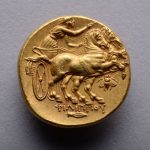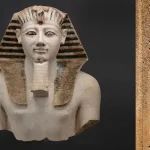Double Statue of Amenemhat III as Hapi Middle Kingdom
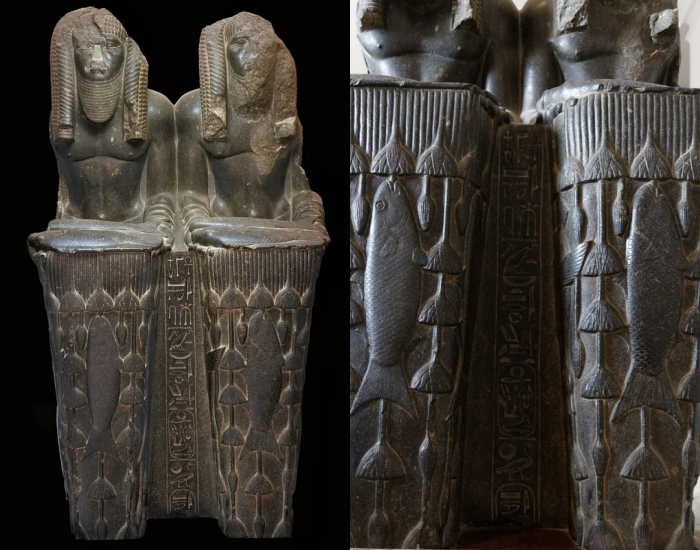
Double Statue of Amenemhat III as Hapi
Period: Middle Kingdom, 12th Dynasty
Reign: Amenemhat III, ca. 1860–1814 B.C.
Material: Grey granite
Provenance: From Tanis
Location: Egyptian Museum, Cairo

Hapi (also Hep, Hap, or Hapy) was likely a predynastic name for the Nile. Later, the Egyptians simply called it iteru, meaning “the river,” and this name eventually became associated with the god of the Nile. (The word “Nile” comes from the Greek adaptation Neilos, derived from the Egyptian nwy, which means “water.”) Hapi is mentioned in the Pyramid Texts (“who comest forth from Hep”), where he is described as sending the river into the underworld from certain caverns, believed to be located at the First Cataract. The Nile was thought to flow through the land of the dead and the heavens before reaching Egypt, where it emerged from the ground between two mountains situated between the Islands of Abu (Elephantine) and Iat-Rek (Philae).
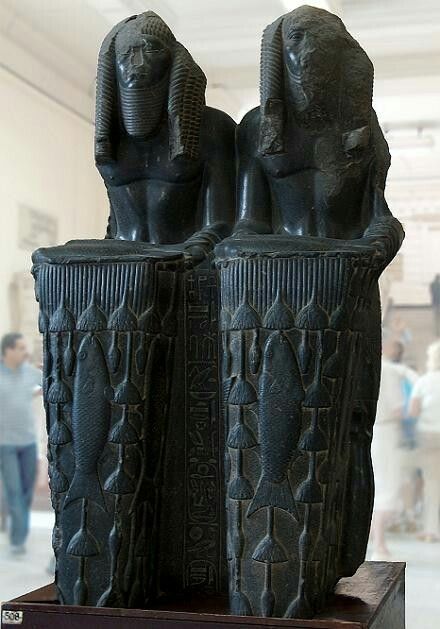
In the Pyramid Texts, Hapi is also depicted as a destructive force, though one that served the pharaoh. As a god of water, Hapi was a deity of fertility—providing water, food, and the annual inundation of the Nile. He was also called the “Lord of the Fishes and Birds of the Marshes,” reflecting his role in supplying these creatures to the Egyptians along with the river itself. Without Hapi, Egypt would have perished, and he was sometimes even revered above Ra, the sun god.
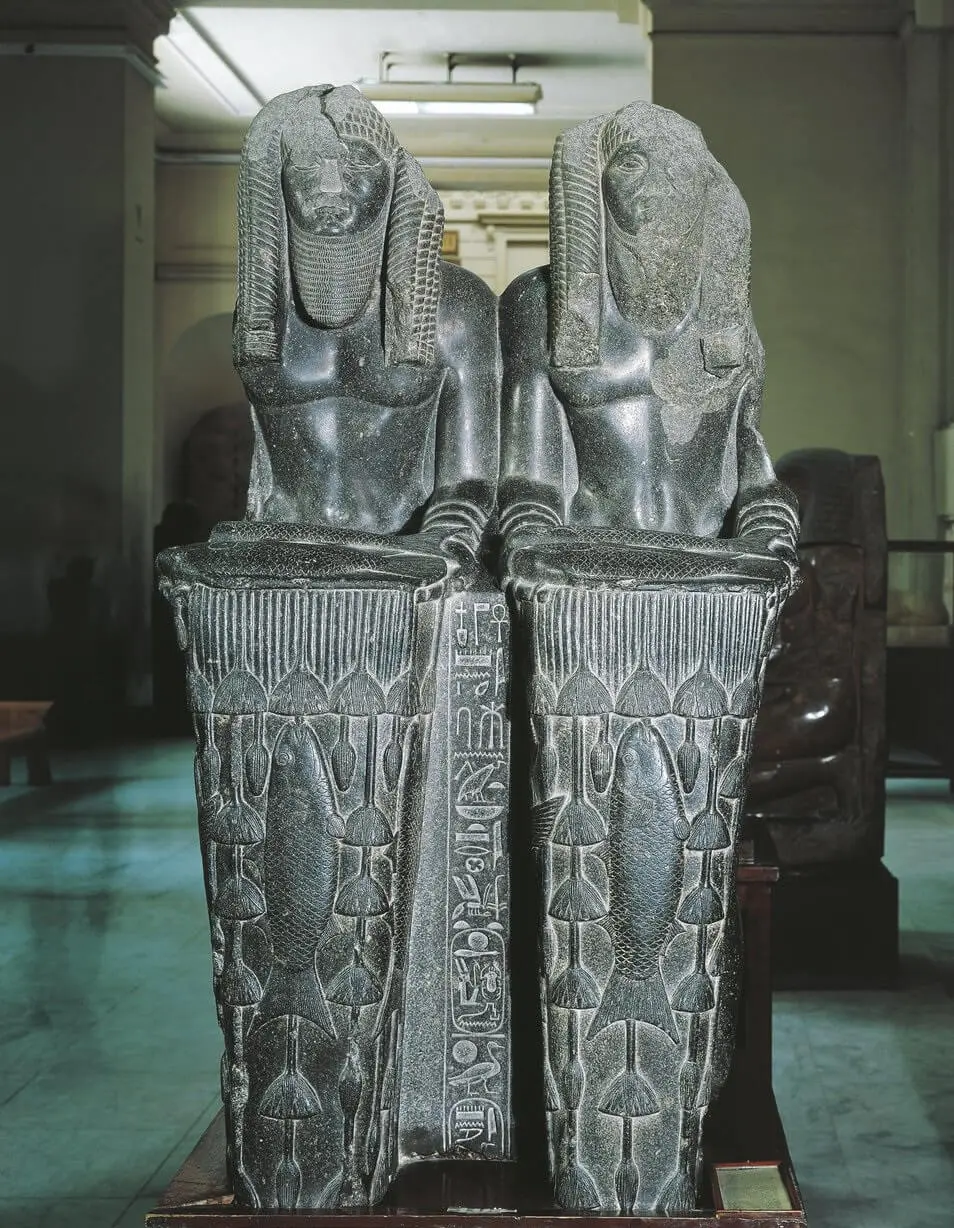
Hapi’s depiction emphasizes his role as a god of fertility: he is usually shown as a well-fed, blue or green man, with the pharaoh’s false beard on his chin. His ample chest, reminiscent of a nursing mother, further symbolizes his life-giving and nurturing qualities.

